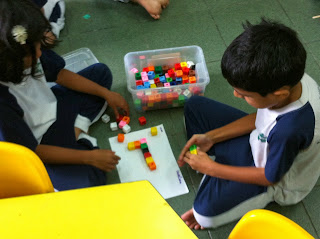Last night we explored shapes. And yes, when we talk about shapes, we don't only explore the sizes but also, determining the areas. Simple finding of area of the triangle, I can manage. For me to explore areas of peculiar shapes where I need to dismantle the parts to create a rectangle and triangle out of them, can be quite challenging for me. No, it's not Numeracy. It's not the concept. It's just, ME. As if that's not worse enough for me, Dr Yeap actually got all of us to work with our table mates to create a covered box using a rectangular shaped paper. The rule: It does not matter how big or small the box is, but ensure that the box is fully covered with no opening. True enough, my group's covered box turned out to be a paper bag! Arrgghhh!!
Surprise! We had quiz again this morning! Yes, true! This time, we were asked to write word problems related to the topic given. It was quite a breeze and was glad that it was not as mind boggling as per the previous quiz where we had to logically find the letter of our name that stands at the 2013th place. Geez.
Since today was the last session, the activities that we did was quite fun and light-hearted. We attempted Birthday Graphs and a game called "Salute".
SALUTE: A game meant for 3 persons (you can add more players for a more challenged game). One person will say "SALUTE" and when he/she says that, the other two players will hold up one number card each, on their forehead. The one who says "SALUTE!" will multiply the two numbers and say out the total. Players will guess the number on their forehead. - - - trust me, the kids will love it, just like we did!
And yes, it's a wrap! I hope all of you out there have enjoyed my blog entries. It's not an easy feat for me, as this is my first time doing up a blog site. I do hope that my sharing with you has benefitted you as a parent in enhancing your children's grasp and foundation on Numeracy. Math is not easy to all but once you get a hang of it, you'll do just fine.
Keep in touch!
Lots of love,
Miss Khadijah Senan










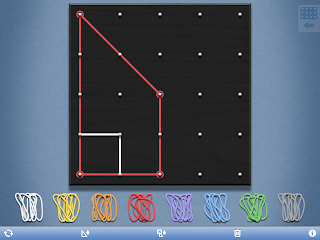


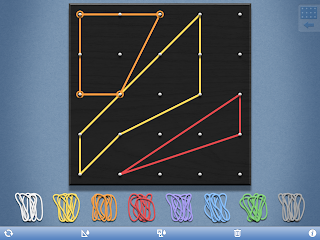
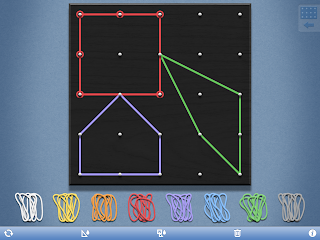
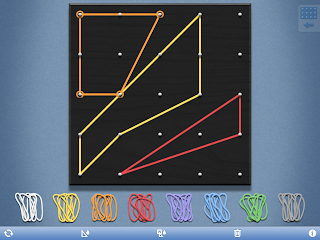
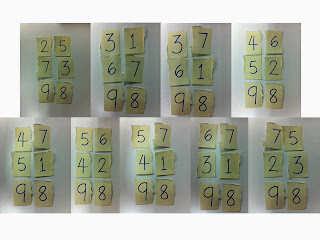




_Photo1.jpg)
_Photo2.jpg)


